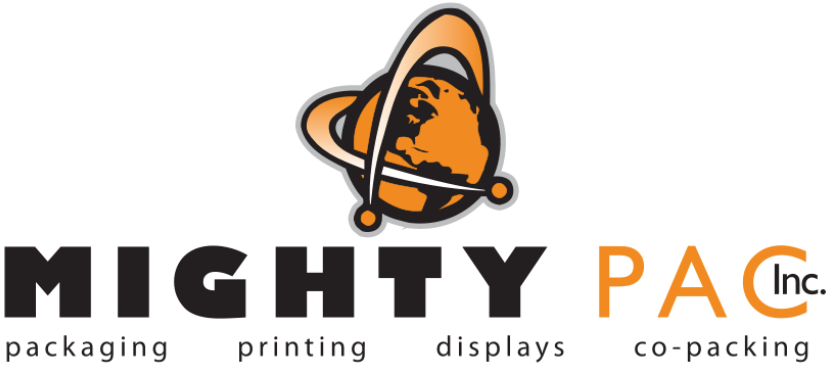
Print Production
Brochures and Catalogs
Brochure:
A brochure is a small, thin book or magazine that usually has many pictures and information about a product, a place, etc. It is mostly of a single-sheet (bi-fold) or three sheets (tri-fold), which can be easily spread over different places. They may advertise new products, locations, shops, events, hotels, etc. It should be very attractive so that people at least have a glance over it. Nowadays, there are varieties of patterns and designs in brochures. They can be magazine style brochures, 3-folded brochures or postcard brochures.
Catalogs:
A Catalogue, also written as Catalog, is a document or a book containing an itemized list of names, goods, or books. The purpose of the catalogue is nothing but to sell products to the customers. It has very simple information about the particular thing and is written in points containing one or two sentences.
It contains information that helps to buy goods or things. It gives a brief knowledge about the particular product so that people don’t confuse the product with anything else. Their designing and coloring should be perfect so that at least once the customer can think about the particular product.
Pressure-Sensitive Labels
What are Pressure Sensitive Labels? Pressure sensitive labels are basically high-tech stickers that are applied to containers that use paper, film, or foil as the primary label materials. These types of labels have the ability to be coated with a large variety of inks that don’t require heat, solvent or water to apply the label.
Large and Digital Formatting
Large Format:
Large format printing is extensively used for large scale advertisements at sports grounds and entertainment venues, on perimeter adverts on building sites, and on huge ‘wraps’ which enfold buildings as they are being renovated.
Digital Format:
In Digital Printing the command is given by computer and the printouts are directly coming out from the printer. There is no need of making the plates. It just works as a personal printer. Now you people are thinking that why we should use offset printing in place of digital printing after a lot of time consumption is done in offset printings the reason is cost.
Half-Size & Full-Size Printing
There is often confusion regarding these terms. Full size and half size do not indicate actual paper dimensions. They are a reference to the original drawing size. For example, if a drawing file is currently sized at 24″x36″, then a full size print of that file would be 24″x36″. A half size print, or 50% reduction, of the same 24″x36″ original would be 12″x18″. If the original is 36″x48″, then the full size print would be 36″x48″ and the half size print would be 18″x24″. It all depends on the size of the original.
Since drawings are typically created to scale, full size and half size prints make the most sense when doing calculations or using the drawings for construction. However, if scale isn’t critical, then enlarging or reducing drawing to any standard paper dimension is also possible.
